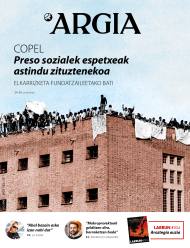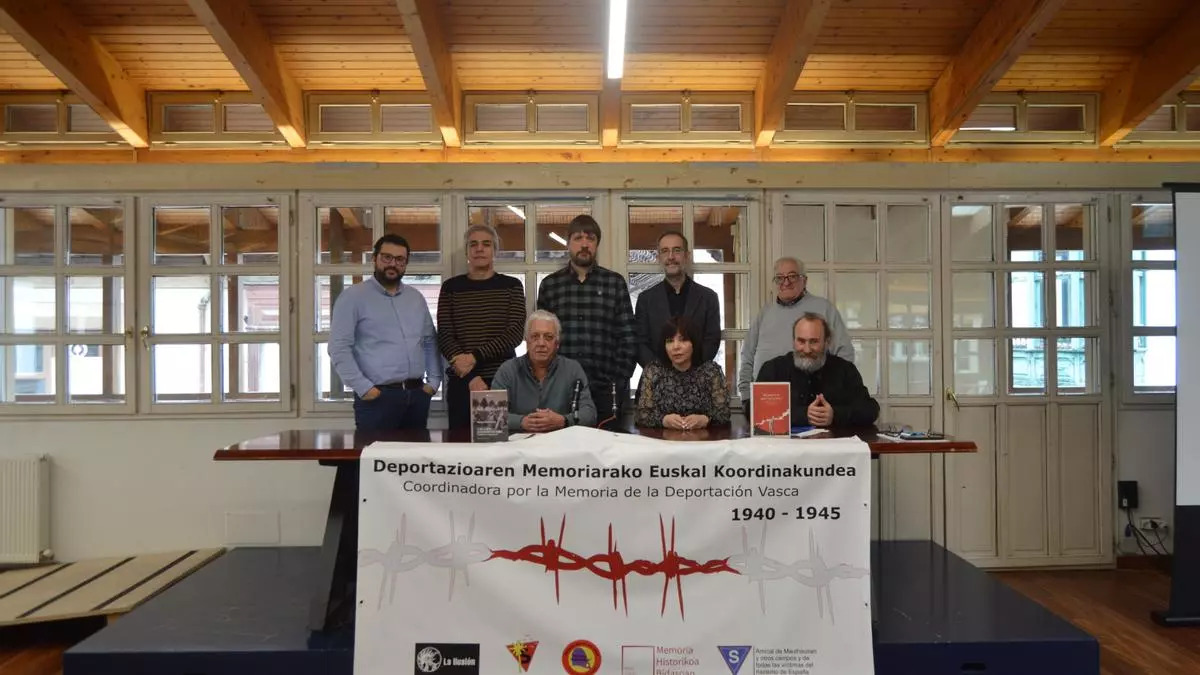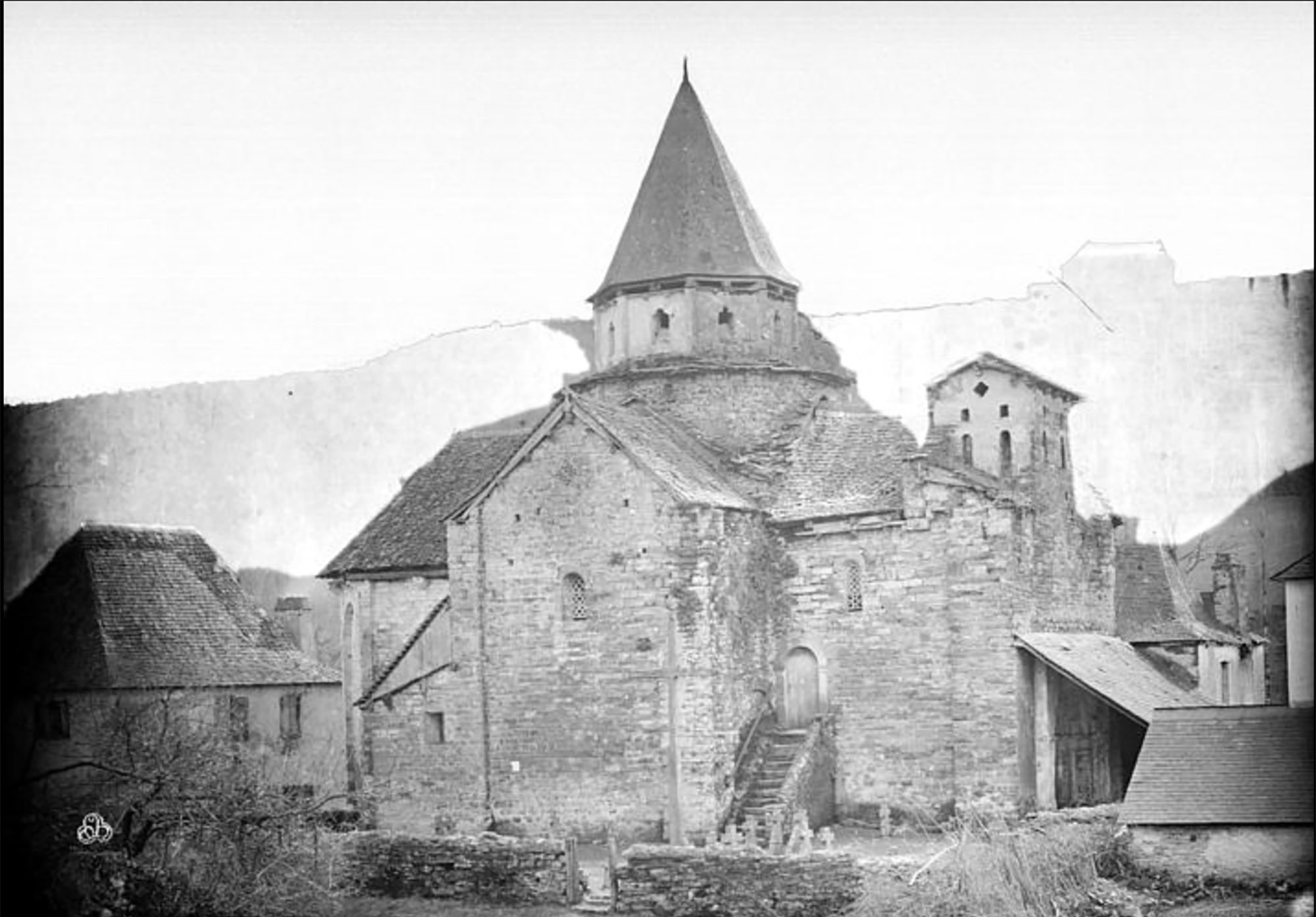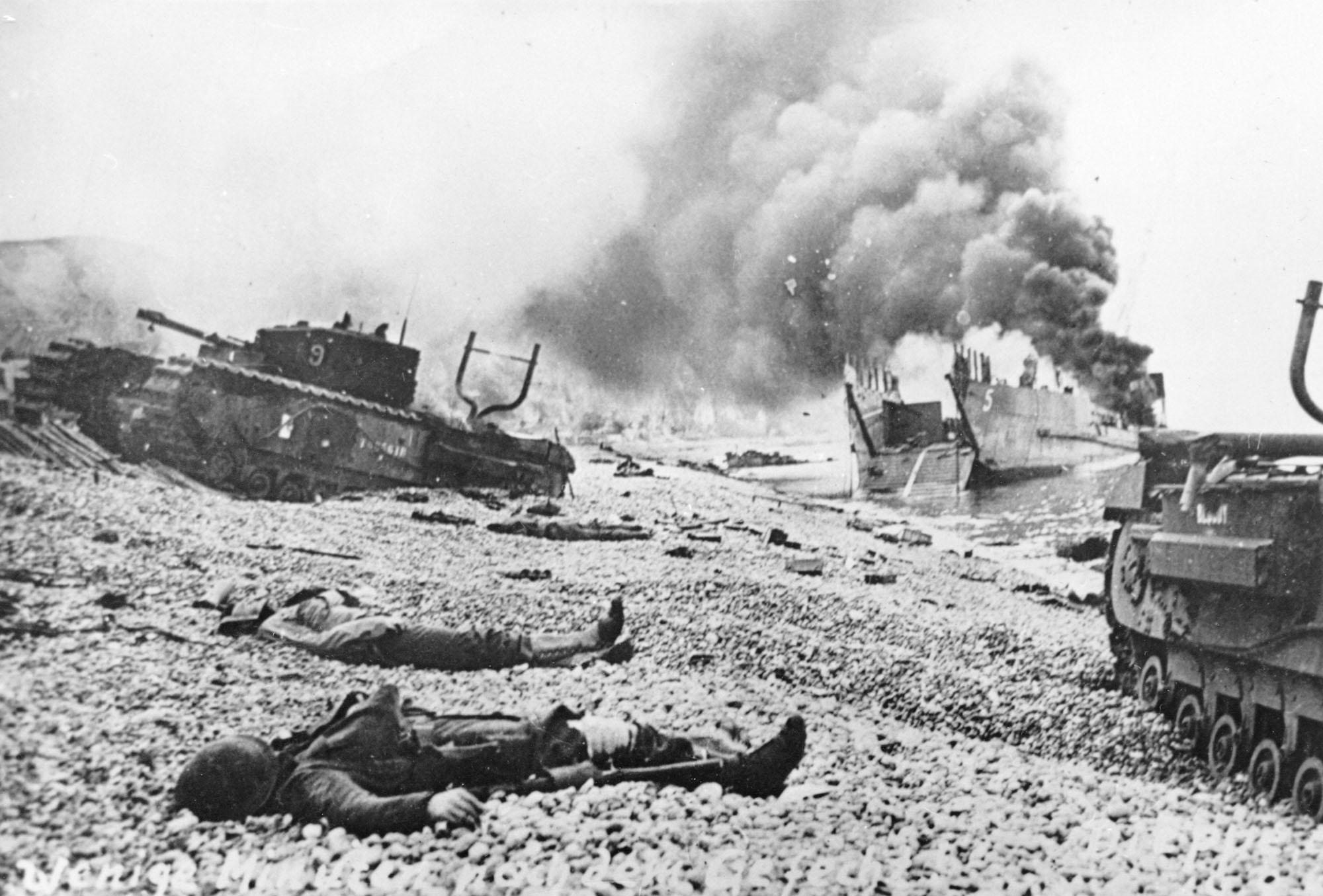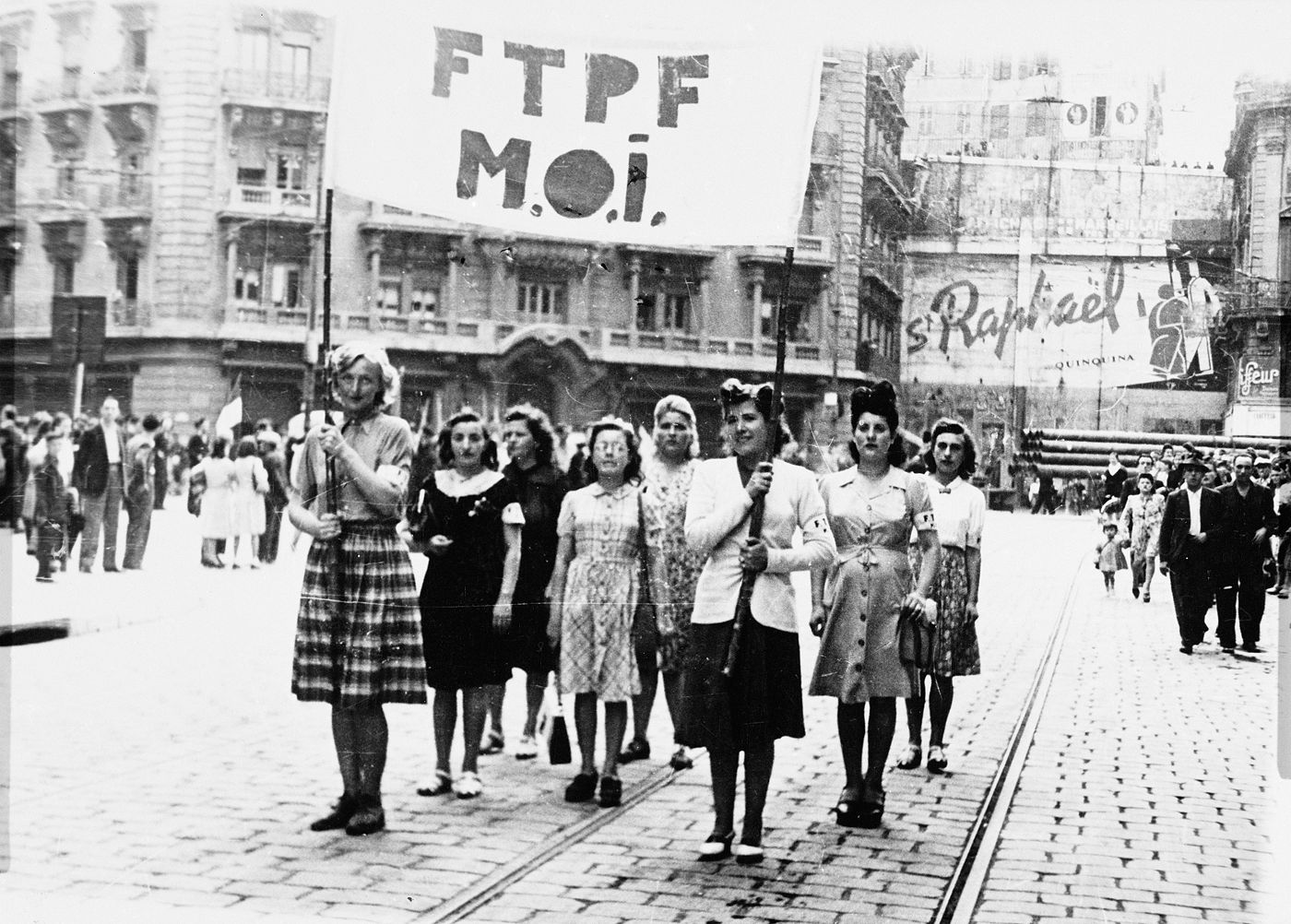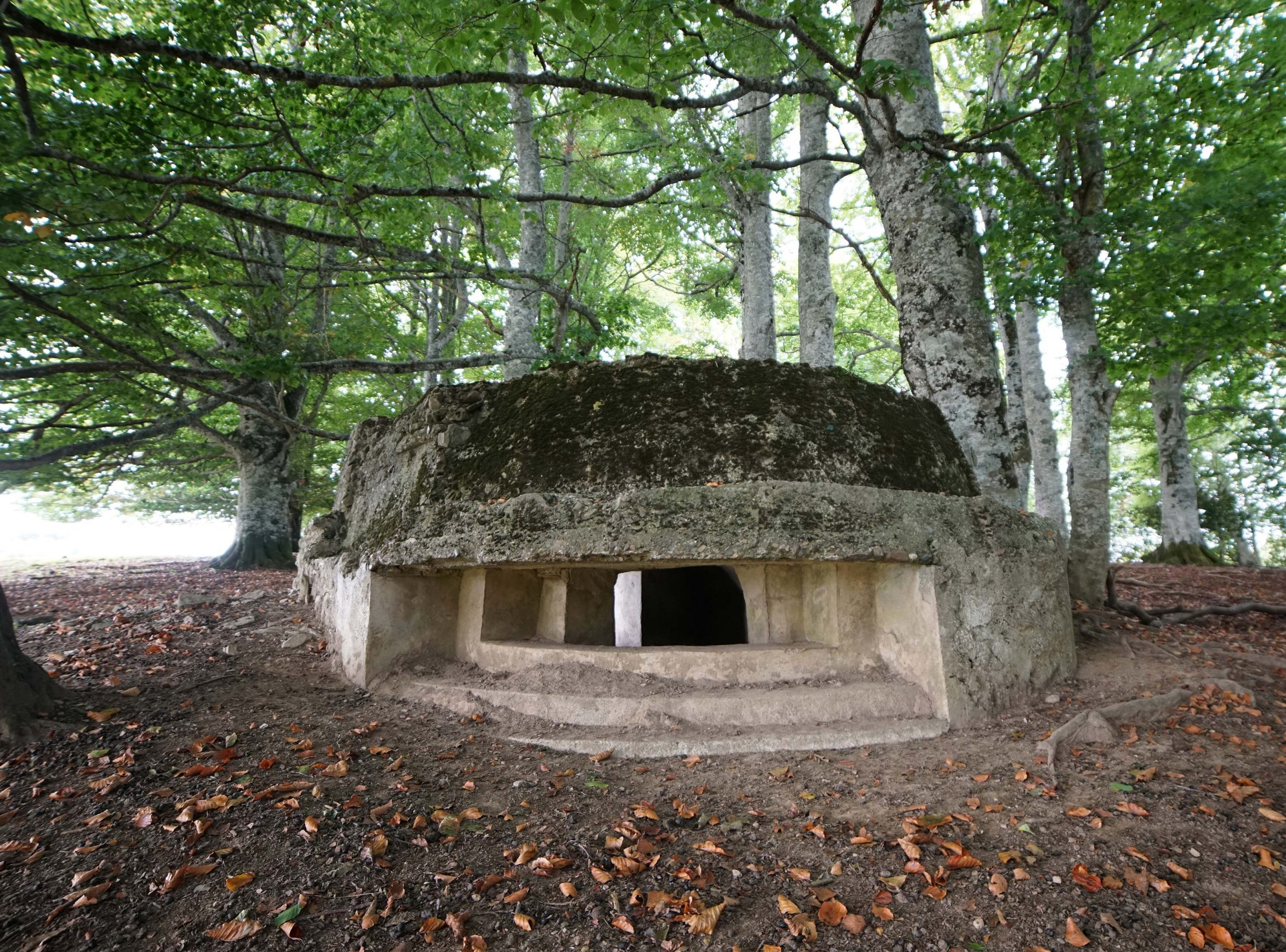Records of the Allies

Porzheim, Germany, February 23, 1945. About eight o’clock in the evening, Allied planes began bombing the city with incendiary bombs. The attack caused a terrible massacre in a short time. But what happened in Pforzheim was overshadowed by the Allied bombing of Dresden a few days earlier, from the 13th to the 15th.
The American writer Kurt Vonnegut (1922-2006) witnessed the destruction of Dresden, who had worked as a sighter for the army during World War II, a city that had been attacked by the Germans at that time. He explained what the incendiary bombs do: the thousands of bodies they found in the cellars and shelters were not burned. These basements “looked like trams full of people who died of a heart attack.” The incendiary bombs consume oxygen and most of the victims in Dresden died from drowning.
These basements “looked like trams full of people who died of a heart attack.” Incendiary bombs consume oxygen and most of the victims in Dresden died from drowning
Vonnegut also released some horrific data. “It was the most rapid massacre ever committed in Europe, which caused the largest number of people in the shortest time: 135,000 victims in a few hours. There have been major massacres, but slower ones.” Vonnegut's data is not real. In the absence of precise data, it is currently estimated that some 25,000 people were killed in the bombing, which lasted for three days.
In addition, ten days later, what happened in Pforzheim easily surpassed this mark mentioned by Vonnegut. In just 20 minutes, the attack killed 17,600 people. The attack in Dresden killed about 5% of the city’s population, compared to 25% in Pforzheim.
Previously, when Hamburg was attacked by air in July 1943, it also broke the Dresden record – 30,000 dead in a single night – and probably during the bombing of the city of Świnoujście, Poland, on March 12, 1945, despite the lack of precise data, which killed thousands of people in about half an hour. And if we do not limit ourselves to Europe, the atomic bombs that were dropped on Hiroshima and Nagasaki destroyed all the marks of the largest massacres that were carried out quickly.
All these records mentioned were broken by the allies, the sides of honest winners.
Londres, 1944. Dorothy izeneko emakume bati argazkiak atera zizkioten Waterloo zubian soldatze lanak egiten ari zela. Dorothyri buruz izena beste daturik ez daukagu, baina duela hamar urte arte hori ere ez genekien. Argazki sorta 2015ean topatu zuen Christine Wall... [+]
Deportazioaren Memoriarako Euskal Koordinakundeak aintzat hartu nahi ditu Hego Euskal Herrian jaio eta bizi ziren, eta 1940tik 1945era Bigarren Mundu Gerra zela eta deportazioa pairatu zuten herritarrak. Anton Gandarias Lekuona izango da haren lehendakaria, 1945ean naziek... [+]
Japan, 6 and 9 August 1945, the United States launched an atomic bomb causing tens of thousands of deaths in Hiroshima and Nagasaki; although there are no precise figures, the most cautious estimates indicate that at least 210,000 people died at the end of that year. But in... [+]
Born 27 June 1944. The German soldiers carried out a raid on a small town of about 80 inhabitants of Zuberoa. Eight people died on the spot and nineteen were arrested, all civilians, nine of whom would be deported and only two would survive from the concentration camps in which... [+]
Normandy. 6 June 1944. They started operation Overlord: Thousands of British, American and Canadian soldiers landed on the beaches of Normandy to drastically change the course of the Second World War and, therefore, history. Or at least that's what we've been told a few days ago,... [+]
Genocide is unfortunately a fashionable word. According to Rafael Lemkin’s definition in 1946, genocide is defined as “actions aimed at the total or partial destruction of a national, ethnic, racial or religious group.” These actions may include “killing the members of... [+]
Karl Adolf Eichmann (Solingen, Imperio alemán, 1906 - Ramdel, Israel, 1962) foi o oficial superior das SS da Alemaña nazi, especialmente coñecido polo seu nomeamento como “responsable loxístico” da chamada Última Solución ou Última Solución. A planificación do... [+]









